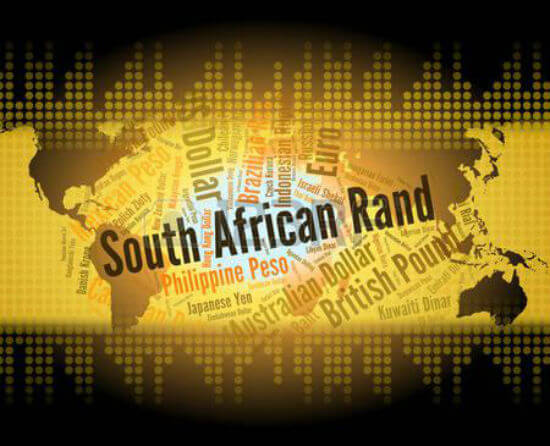Top trends in the South African FX Trading Market
Posted on 11th March 2017
Seasoned forex veterans are aware that in order to be successful in currency trading you must first know about the market trends that move individual currencies. We take a wider, in-depth look at the top factors influencing the South African FX market. After all, "The trend is your friend".
- Fiscal policy: The South African Reserve Bank or SARB is the ultimate fiscal authority in South Africa functioning as a creditor, a clearing bank, a major reserve of gold and a key intervening power in the foreign exchange market. However, it is noteworthy that it remains a private establishment with individual shareholders entitled to own less than 1% of the shares. Such restrictions have been imposed to maintain the overall well-being of the South African economy over private interests.
- An emerging market economy: Present day South Africa is amongst one of the most promising emerging markets across the globe. The currencies of such economies don't trade very differently from the widely traded currency pairs like the USD, GBP, JPY and EUR. Besides emerging market economies are influenced by monetary policy as well as political conditions, including both external and internal factors like their more popular counterparts. Consequently investors can employ their relevant trading experience in the major currencies to emerging market currency pairs.
- Volatility: Another factor is the level of flux that emerging market currency pairs present. As with major currency pairs, for an emerging currency too the market happens to be more liquid and agile at certain times of the day. For instance, trading of the South African Rand gets accelerated during the start of the London session but becomes sluggish towards the U.S. market midday session.
Currency Pair : South African Rand
Average Daily Range : 871 pips
Most Active Trading Time : 2am (EST) - 12pm (EST)
Source : Bloomberg.com - Trading the Rand:Statistics reveal that in 2013 the South African Rand stood as the 18th most-traded currency in world rankings. South Africa constitutes merely 0.3% of the global daily FX market volume whereas the Rand solely contributes to 1.1% of the daily currency trading output worldwide. It is mainly due to the everyday trade being executed outside South Africa by non-residents. Hardly any exchange control regulations exist for foreign participants trading the Rand but there are several strict legislations for South African investors.
- Concluding remarks:An emerging market currency pair like the Rand offers profit-making potential for both first-timers and tenured traders despite the SARB trying to influence the value of the Rand. With market conditions similar to the major currency pairs, investors can take advantage of trading opportunities in the emerging market sphere and widen their exposure. Also in the context of more advanced economies emerging market funds have yielded higher returns than benchmark rates.



